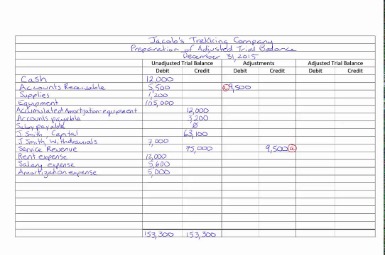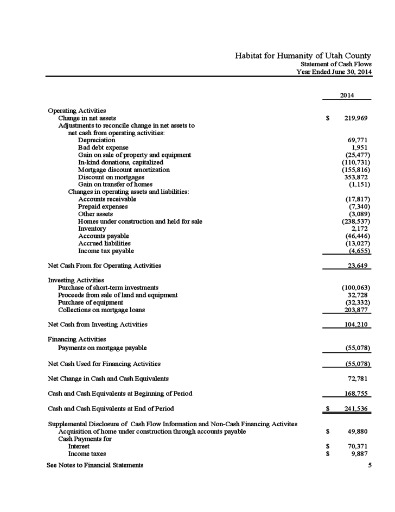It’s imperative to verify that all payments received are accurately reflected in the system and properly reconciled with corresponding bank deposits. By regularly clearing out undeposited funds, businesses can maintain a clear and reliable trail of their financial transactions, promoting financial accuracy and transparency. This step is essential as it ensures that all incoming funds are accurately tracked and recorded before being deposited into the bank account. By reviewing the undeposited funds account, discrepancies or missing payments can be addressed, maintaining the accuracy and integrity of financial records.
- Matching deposits to invoices and payments is a critical aspect of clearing undeposited funds in QuickBooks Online, ensuring accurate reconciliation and financial tracking.
- If your bank records a single payment as its own deposit, you don’t need to combine it with others in QuickBooks.
- It’s possible that you’ve seen it many times without knowing much about it, or when you should use it.
- So, you need to combine your five separate US $100 records in QuickBooks to match what your bank shows as one US $500 deposit.
Making a bank deposit
Deleting undeposited funds in QuickBooks requires careful consideration and accurate adjustments to ensure that all financial records remain consistent and transparent. Fixing undeposited funds in QuickBooks Online requires a systematic approach to identify and resolve any discrepancies or issues related to pending payments and deposits. Undeposited funds in QuickBooks Online refer to payments received by a company that have not yet been deposited into the bank account. Undeposited funds in QuickBooks Online can cause confusion and inaccuracies in your financial records if not properly managed.
This two-step process ensures QuickBooks always matches your bank records. You will see Undeposited Funds as the default “Deposit to” account when you receive payments from invoices, use a payment item on an invoice, or enter a sales receipt. This process enables businesses to reconcile their accounts effectively, providing a clear picture of all pending transactions and their eventual deposit into the bank. It plays a pivotal role in maintaining financial transparency, aiding in the smooth functioning of the clearing process in QuickBooks Online. Before initiating the clearing process, it is crucial to review the undeposited funds account in QuickBooks Online to identify all pending payments and receipts awaiting deposit. Recording undeposited funds appropriately is crucial for maintaining transparency and accuracy in financial reporting.
Reconcile Your Accounts
With your deposit slip in hand, you can record a bank deposit and combine the payments in QuickBooks. All payments in the Undeposited Funds account automatically appear in the Bank Deposit window. As you can see above, my reconcile screen shows one deposit for those three payments and makes it easy for me to match with my bank. This process also applies if you collect checks and cash from your customers and then like to make one deposit into the bank.
It starts with reviewing the undeposited funds account to identify any transactions that need to be cleared. Then, you must create deposits for the funds to be correctly accounted for. Once the restructuring charge definition deposits are created, you can match them with the actual bank deposits to ensure all transactions are accurately reflected. Be sure to verify that the funds have been correctly allocated before finalizing the clearing process in QuickBooks Desktop. This not only promotes transparency and accountability but also aids in accurate cash flow management and budgeting. This begins by accessing the Undeposited Funds account in QuickBooks and reviewing all pending payments, ensuring that each transaction matches the corresponding customer invoice or sales receipt.
Start using the Undeposited Funds account
To begin, you need to ensure that the undeposited funds account is enabled in QuickBooks. To do this, go to “Edit” in the menu, select “Preferences” and then choose “Payments”, which is found in the sub-menu on the left side of the screen. If your bank records a single payment as its own deposit, you don’t need to combine it with others in QuickBooks. Instead, you can put the payment directly into an account and skip Undeposited Funds. By default, QuickBooks puts sales receipt payments into the Undeposited Funds account.
You’re our first priority.Every time.
In this comprehensive guide, we’ll walk you through the process of cleaning up undeposited funds in QuickBooks Online, as well as how to clear, fix, get rid of, and delete undeposited funds. We’ll also cover how to clear undeposited funds in QuickBooks Desktop and how to turn off undeposited funds in QuickBooks Online. Let’s look at how to record sales receipts and deposit the money you receive in QuickBooks. When you select Create Sales Receipts, you see the Sales Receipt window.
If you run into trouble along the way, don’t hesitate to reach out to us. We provide a vast range of QuickBooks services to suit all your needs. Verify that the deposit amounts in QuickBooks match those in your bank statements. Once the deposits are accurately recorded, the undeposited funds will be cleared, contributing to the overall accuracy of your financial records.
If a customer paid with a check or their payment setting the time period for a report comes with a reference number, you can record that information in QuickBooks as well. If you see a balance in Undeposited Funds on your balance sheet, you need to investigate. Now, when you check the Bank Register for your checking account, you can see the deposit posted for the correct amount. Here’s what you need to know about QuickBooks Online’s Undeposited Funds account to keep your business accounting operations running smoothly.
This step involves reviewing all transactions to confirm that the funds awaiting deposit match the actual amounts received. It helps to reconcile any inconsistencies and prevent errors in financial reporting. Take your time to verify the details before finalizing the clearing of undeposited funds to maintain the integrity of your accounting records. QuickBooks moves the money from Undeposited Funds into your bank account, how to calculate withholding tax just like your actual bank deposit.



